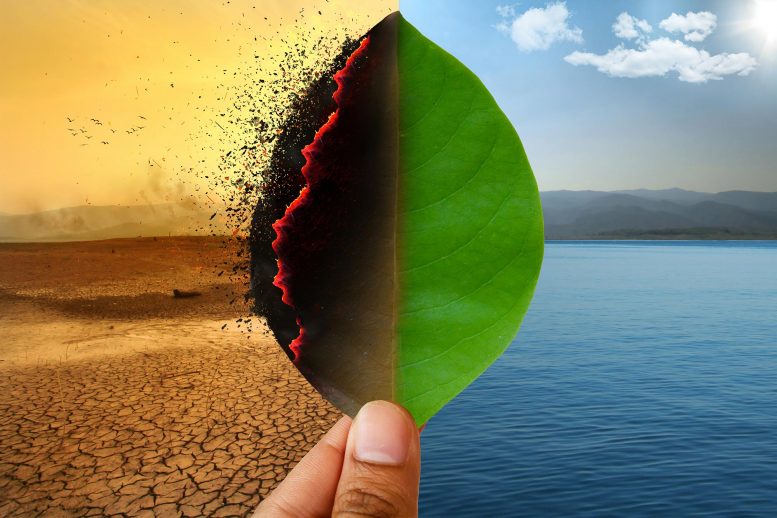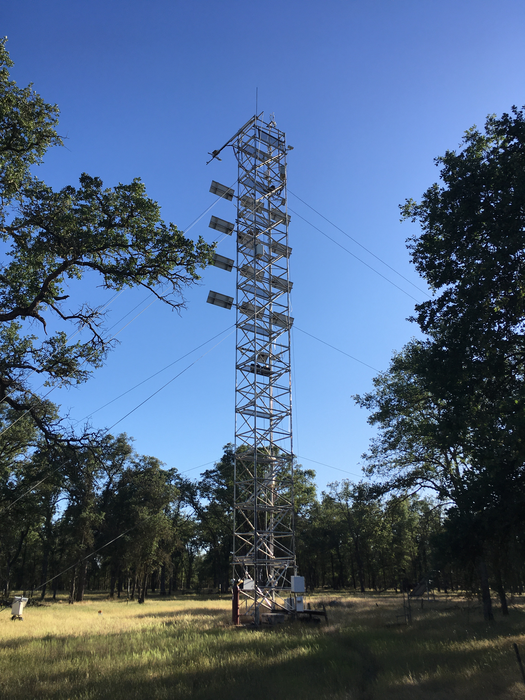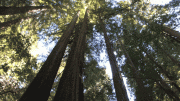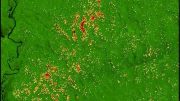
The ability of forests to store carbon is dependent on more than simply photosynthesis; this capacity may become increasingly restricted in the future.
Questions remain about what variables limit tree growth
New research from an international team of researchers reveals that tree growth seems to be restricted by cell growth rather than photosynthesis. The study was published in the journal Science on May 12th and was funded by the U.S. Department of Energy, the U.S. Department of Agriculture, the National Science Foundation, the David and Lucille Packard Foundation, and the Arctic Challenge for Sustainability II.
The study also has startling implications. Forests currently absorb and store a large portion of our current carbon dioxide emissions. If forest growth slows, so will the trees’ capacity to absorb carbon and slow climate change.
Additionally, the study found that photosynthesis and tree development react differently to different climate cues, suggesting that existing forest carbon sequestration models may overestimate forests’ ability to store atmospheric carbon. The results highlight the significance of accounting for mechanisms other than photosynthesis when predicting how much carbon trees can store.
Forests collect and store atmospheric carbon as woody biomass and soil carbon via photosynthesis. This technique currently offsets around 25% of yearly anthropogenic carbon emissions. With increased atmospheric carbon dioxide (CO2) promoting photosynthesis through a phenomenon known as carbon fertilization, using trees to absorb carbon is generally considered an attractive natural method to deal with climate change.
It’s been assumed that photosynthesis and plant growth are generally limited by the amount of atmospheric carbon – more carbon, more growth, more storage. However, a growing body of research has indicated that this might not be the case, suggesting that forest carbon storage is sensitive to other factors, including temperature, water, and nutrient availability. This means forest carbon sequestration represents a source of major uncertainty for projections of global forests’ carbon storage potential.

Flux tower at one of the study sites (a blue oak savannah in Central California). Credit: Antoine Cabon
To better understand forest carbon uptake and its relationship to woody growth, Antoine Cabon and colleagues used estimates of the amount of carbon taken up by plants during photosynthesis from 78 forests worldwide and compared them to tree-ring growth data from the Tree-Ring Data Bank. The team found a strong decoupling between photosynthesis (productivity) and plant growth, with substantial variation based on tree species, ecosystem traits, and climate conditions, indicating that the relationship between the two isn’t as linear as has been assumed.
The findings highlight limits to tree growth, particularly in cold and dry areas, which may continue to constrain the carbon storage potential of forests under ongoing climate change. “The results reported by Cabon et al. have implications for using natural ecosystems to sequester carbon and for the success of natural climate solutions, such as planting trees, in combating climate change,” state Julia Green and Trevor Keenan.
Reference: “Cross-biome synthesis of source versus sink limits to tree growth” by Antoine Cabon, Steven A. Kannenberg, Altaf Arain, Flurin Babst, Dennis Baldocchi, Soumaya Belmecheri, Nicolas Delpierre, Rossella Guerrieri, Justin T. Maxwell, Shawn McKenzie, Frederick C. Meinzer, David J. P. Moore, Christoforos Pappas, Adrian V. Rocha, Paul Szejner, Masahito Ueyama, Danielle Ulrich, Caroline Vincke, Steven L. Voelker, Jingshu Wei, David Woodruff and William R. L. Anderegg, 12 May 2022, Science.
DOI: 10.1126/science.abm4875









… “Trees Might Not Be As Effective” – effective or not, my pleasure is great when I sit under one…
their greatest provides for producing the energy sources